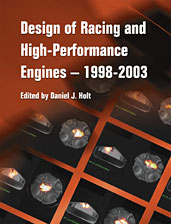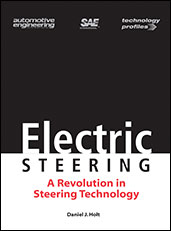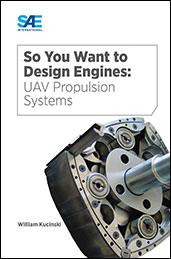Video

Spotlight on Design Insight: Using Turbocharging in New Engine Design
2016-04-03
In Using Turbocharging in New Engine Design (9:23), engineers from Schaeffler Group USA and McLaren Performance Tech explain what turbocharging is, and what it can do to improve both the power output of an engine and its fuel efficiency. Another engineer from the General Motors Powertrain group talks about how turbocharging was used in the new engine design for the Cadillac CT6. This episode highlights: The lessons learned from when turbocharging was first used to help heavy-duty trucks go uphill The experience acquired from car racing using turbo-charged engines The advantages of using turbo charging to decrease the size of engines without losing power output Also Available in DVD Format To subscribe to a full-season of Spotlight on Design, please contact SAE Corporate Sales: CustomerSales@sae.org or 1-888-875-3976.







